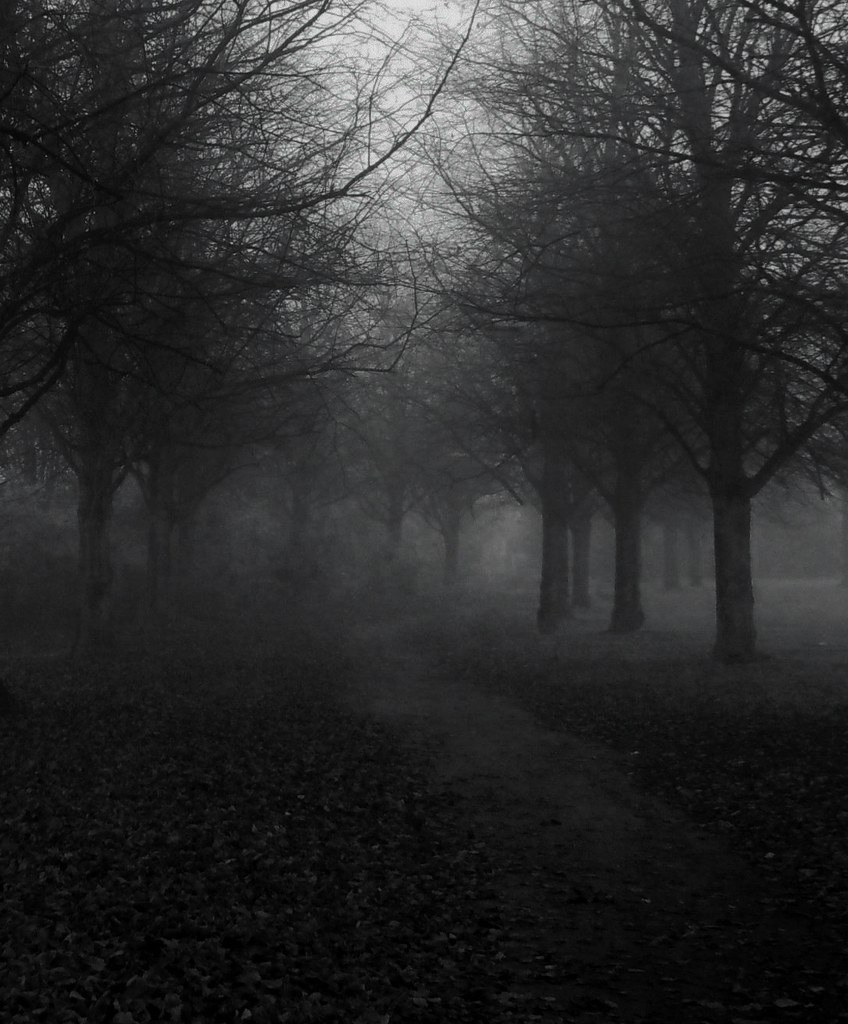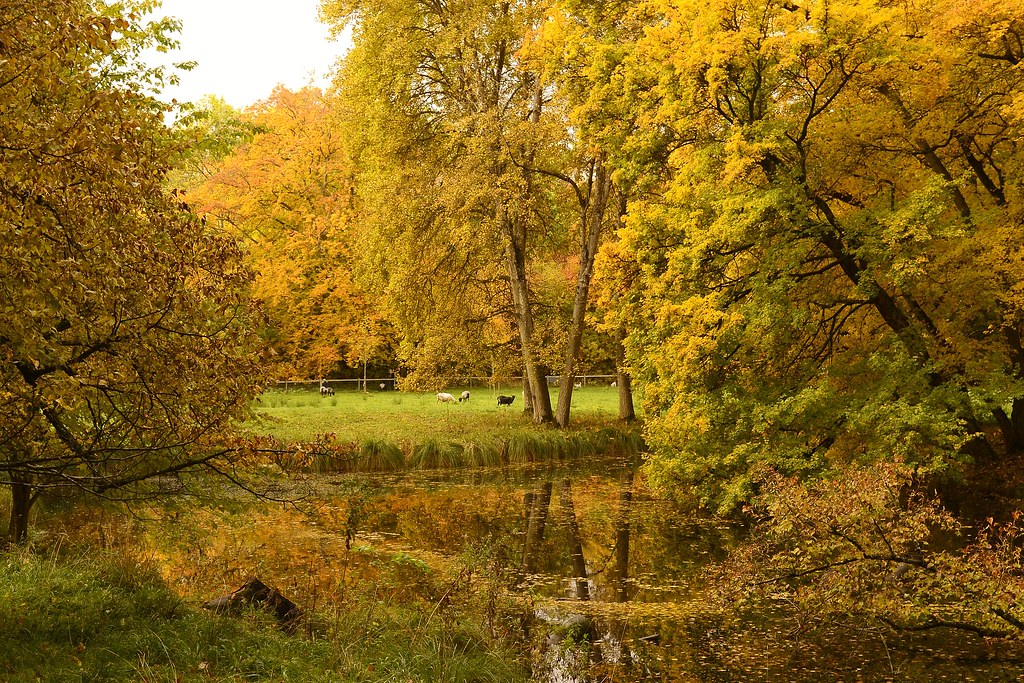#söderslätt
Text
Gjelle's dolmen - a sägen from Söderslätt

Spring (Östra Vemmenhög, Skåne) by Carl Conrad Dahlberg
"There once lived a giant wizard in Gislöv, his name was Gjelle. He was very old, and had endured many things in his lifetime; but when the church was built in Gislöv, and the church bells started ringing, he couldn't stand the noise, and moved away from there, and nobody knew where he went.
Many, many years thereafter, a ship sailed from Skåne to the East. When they had been sailing for a very long time, they entered a sea that was called Leverhavet ('liver sea'), because it looked like coagulated blood. There, the ship stopped next to an island, and even though it hadn't run aground, and even though they raised all sails, the ship remained in the same place that it had stopped.
In the night, the ship's crew saw a ghost in the shape of a sailor, and it asked them where they were going, and where they came from. One of the bosuns, who was a brave man from Blekinge, answered that they unfortunately had been driven there by the storm, and that they came from Skåne. "Right well," the ghost replied, "then please come with me and follow me to my master, who is residing on this island, because he wants to speak with someone from Skåne, and has been waiting to do so for a very long time. If you agree to meet him, know that you will never regret that journey." The bosun didn't need much time to think about the offer, but quickly agreed to follow the ghost.
They hadn't walked very far when they met a huge, frightful giant - old, blind, and with a long, gray beard. The giant asked the bosun where he lived. When the bosun answered "In Skåne,” just like he had done before, the giant asked him if he knew the village of Gislöv, and if he knew the daughter's of Sven Dyring, particularly the one of them who was called Märta. The giant asked if the bosun would be willing to go to her, tell her that old Gjelle is sending his greetings to her, and then also bring her some things that the giant wanted to give to her. The bosun said "Yes, all will be done according to your wishes, just as long as we're lucky enough to safely get away with our ship and leave this island."
"Don't doubt that you will," the giant responded, "all of you¹ will make a safe return to Skåne. Just take this box, and hand it to Sven Dyring's daughter, but be careful not to open the box beforehand to see what's inside it. If you follow my instructions faithfully and well, then you'll receive so much that you'll never want for anything. When you get back home to Gislöv, and have handed over the box, you should go to a large rock that lies down in the river on the western side of Gjelle's dolmen² in Gislöv, and look for a hole, in which you will find a key. Take this key and go to the stone that is placed in the middle of the roof on Gjelle's dolmen, put the key into the keyhole that you will find there, and say 'Mach open Gjelle's dolmen!' The stone will soon open for you, but I advised you to not look back."
The bosun thanked him for this advice, and happily accepted the giant's mission. Then he wanted to say goodbye to the giant and go back to the ship. But the giant had more to say: "Wait, I have questions that I want to ask you. Tell me, what's it like in Gislöv today? Are they still as strong as they were back in my days? Come here, and let me shake your hand." - The bosun almost offered his own hand, but the ghost whispered to him "Don't be a fool, use this instead," and handed him a five pointed, iron manure fork, which the giant squeezed so hard that it bent, believing that it was the bosun's hand, and said: "Well, they're quite strong; but they were much stronger in the olden days." Then he asked another question: " Do you get a good cereal harvest in Gislöv nowadays?" The bosun replied: "Yes."
[The giant asked:] "How much do you get from sowing a bushel³?" The bosun answered: "At least four barrels."
"That's satisfactory," said the giant, "but in my days, I got much more than that, because I plowed one ell deep, and sowed one quarter thick, so you better believe that there grew a fine cereal crop in the fields of Gislöv!
Back then I had a little girl, and she went and gathered plows, oxen, horses, plowmen and drivers in her apron, and carried them to me and said: 'Father! What are these tiny little things?' I answered her: 'Release them, my daughter, for they are the ones that will take over after us. Let them go.'
Other than that, I worked too hard carrying rocks west of Gislöv back in the days when I was still strong, and I got blind from it. Still, I would have left eleven memorials after me there, if I had been able to stay a little longer. But since the white⁴ bell men came to Gislöv, I could no longer live there in peace, but had to move here. When you get back to Gislöv, tell people that old Gjelle says hello. He's still alive, even though he's blind. But please, don't forget to give the box to Sven Dyring's daughter. If you do as I've told you, you can rest assured that both you and your crew will return home safely."
The bosun said goodbye to the giant and went back to the ship. As soon as he entered the deck, the most favourable winds carried the ship away from the island.
After a good journey, the unharmed crew went ashore in Hälsingborg. From there, the bosun walked to Gislöv to deliver the box; but when he came to Söderskog, and he was close enough to see the tip of Gislöv's church tower, he thought that it would be safe to open the box. He couldn't help himself, he had to see what was inside it. He opened the box, and found a large, costly, golden belt. After admiring the belt for quite some time, he got the idea to try and see if it would reach around one of the large oak trees in the forest. He stretched the belt out, and fastened it around the tree trunk. Then he stepped back to admire how beautifully it glimmered in the sunlight. But as he stood there, the oak was lifted out of the dirt and took off, with roots and crown, flying over hills and through valleys, and soon neither oak nor belt could be seen anymore, and it was easy to imagine what would have happened to Sven Dyring's Märta if she had fastened the belt around her waist.
The bosun was heavy-hearted and dispirited. He doubted that he would receive the reward that he had been promised. "But," he thought to himself "giving up is not an option. I have to try to do as I was told; who knows, it might work." Then he went to Gislöv, and to the rock that lies down in the river, where he found the hole and the key. Next, he went to Gjelle's dolmen, found the keyhole in the middle stone on the roof, put the key in it and said: "Mach open Gjelle's dolmen!" The dolmen opened up, and he saw such a massive pile of gold, silver and money inside it that he was shocked and cried out: "Cross in the name of Christ, there's so much silver here!" And just as he wanted to grab some of it, he turned, looking back to make sure that nobody could see what he was doing, and everything disappeared, and when he turned back to become a man of influence and take, as one says, gold by the handfuls, he saw nothing more than the hole on the middle stone that looked like a keyhole. But Sven Dyring's daughter, who never got the beautiful belt, went mad when the story came to light. Her family is still said to be members of the congregation [in Gislöv], and some of them are usually mentally deficient.
The pile of rocks, or the dolmen, has gotten its name from Gjelle the giant, who told the very same bosun that his wife was buried under Torsberg's dolmen, which stands in Gislöv's eastern field,⁵ and his children are buried under a pile of rocks on the meadows next to the beach, this pile is known as Mode's dolmen.
It is also said that a well-known witch lived in Gislöv in the heathen times, and she wanted to summon [supernatural powers] under Gjelle's dolmen to destroy it. But when she was summoning [the supernatural powers], and about to utter the last word, "Gjelle's dolmen," Gjelle, who was a mightier wizard, obfuscated her, so that she said "Mode's dolmen" instead, and it immediately fell down, and its rocks broke into pieces, which are still visible.
One time, many of the villagers from Gislöv brought masons to try and break the stones into even smaller pieces, creating holes that can still be seen here and there on the rocks; but when they were chipping away at the rocks, it seemed to them like the entire village of Gislöv was engulfed by flames. They abandoned the rocks and hurried home to save what little they could. When they had almost reached the village, a tiny man approached them, riding on a white gander. The little man had a red hat on his head, a black bit in the beak of the goose, and wide spurs, and he was riding at full speed. He laughed at the farmers, and they laughed back at him; but when they entered the village, they found that everything was in order, and that no harm had been done [to their homes].
Many hauntings and supernatural events are noticed at [Mode's] dolmen. It's very easy for travelers to get lost on the road that passes by it, and when that happens, you can hear a peculiar sound, like [the sound of] an infant. There are still people who can attest to this."
- Folklivet i Skytts härad, by Nicolovius
All of the ancient monuments mentioned in this sägen have unfortunately been destroyed. I haven't found any records of what they might have looked like, apart from this story. Below is a picture of a passage grave called Erkes dös that is located in Lilla Isie socken (= parish) a few kilometres south east of Gislöv.

¹The giant is using a very old-fashioned, archaic language: "I skolen komma alla...", "Huru mycket fån I..." etc.
²It's possible that it was a passage grave, rather than a dolmen. Some places called "so and so's dös" (dös = dolmen) are passage graves. Since I'm not an archaeologist, I have chosen to go with the literal translation.
³The Swedish volume units skäppa (bushel) and tunna (barrel) are not the same size as their American or British equivalents. In fact, the exact volume of a skäppa varies a lot between different regions. I have opted not to include these discrepancies in the story, as they're completely irrelevant to the plot.
⁴In this context: Christian
⁵Vång is a regional word that can be translated into 'field' or 'meadow'
#scandinavian folklore#folklore#giants#heathenry#jötunn#jättar#gjelle the giant#jätten gjelle#gjelles dös#gelles dös#modes dös#torsbergs dös#gislöv#don't look back#skåne#dös#dolmen#gånggrift#passage grave#söderslätt#ableist language
19 notes
·
View notes
Photo
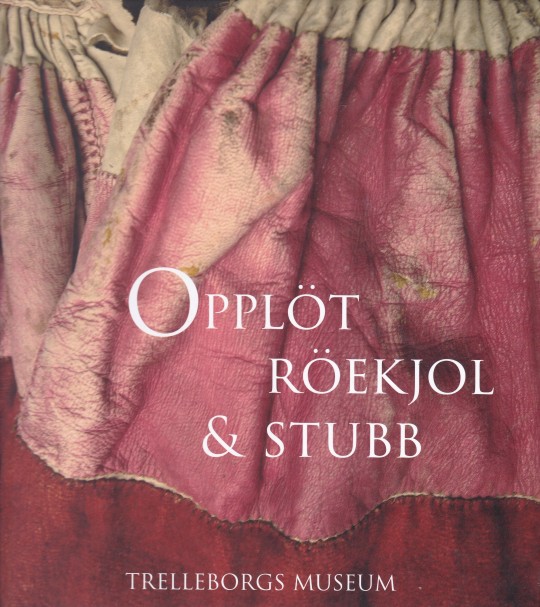


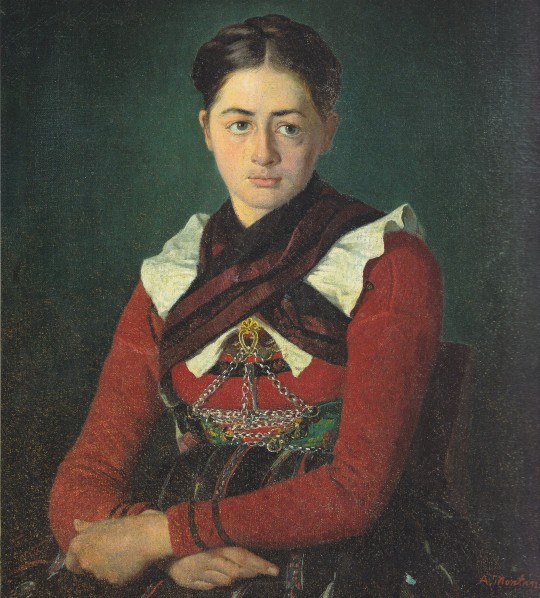



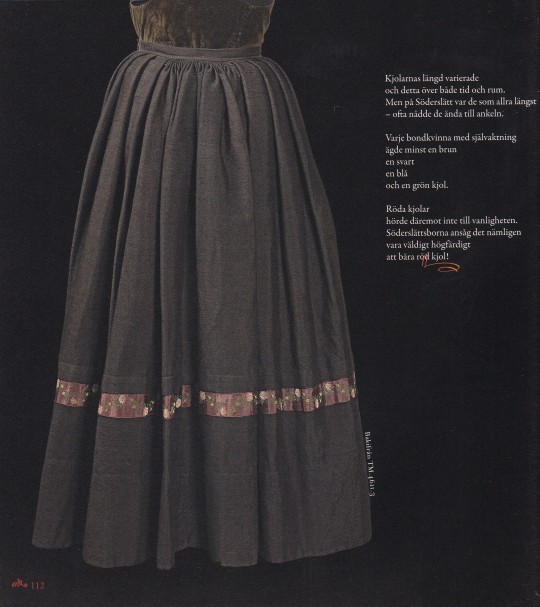

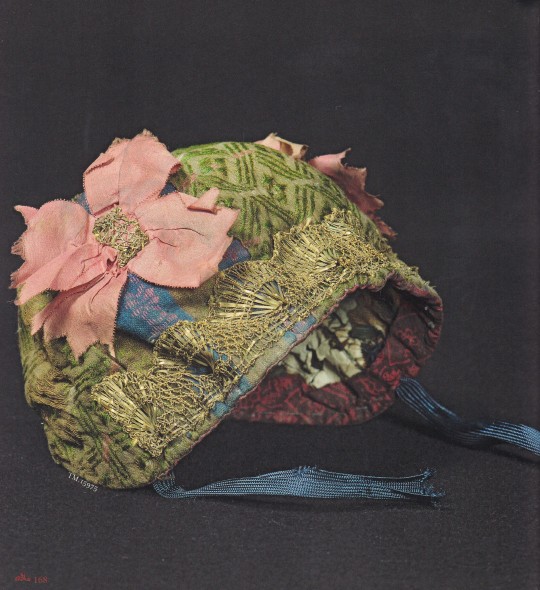
Opplöt, röekjol & stubb
Trelleborgs Museum, Trelleborgs 2018, 253 pages, ISBN 9789197440547
euro 68,00
email if you want to buy [email protected]
A photo book based on the exhibition of the same name from winter / spring 2018 at Trelleborgs museum. After the second half of the 19th century, after a single shift and incipient industrialization, the traditional clothes of the common people largely disappeared. Those who lived in the country wanted to look just like the people in the cities. There, the workers and craftsmen had quickly adopted a more bourgeois style of dress. The beautiful old costumes, with traces of many centuries of fashion history, were misplaced and fell into oblivion.But soon the pendulum swung in the other direction. The nationalist currents were strong. The bourgeoisie began to crave peasant culture. They picked up garments from the national costume but also recast some of them. The costumes became beautiful, but also aligned in a way they had never been before.In the museums' collections, we clearly see the wonderful variation. Trelleborgs museum owns a large collection of fantastically fine costumes from Söderslätt, with a color and pattern splendor like no other. And with beautiful materials such as linen, wool, silk and sheepskin. In addition, the immense joy of craftsmanship in weaving, sewing, embroidery and knitting.
04/06/22
orders to: [email protected]
ordini a: [email protected]
twitter: @fashionbooksmi
instagram: fashionbooksmilano, designbooksmilano tumblr: fashionbooksmilano, designbooksmilano
#Söderslätt#Trelleborgs Museum#Swedish costumes#costumi svedesi#weaving#sewing#embroidery#knitting#folk costumes#fashion exhibition catalogue#Trelleborgs Museum 2018#fashion books#fashionbooksmilano
8 notes
·
View notes
Video
My own dark path by Marie Granelli
Via Flickr:
...you can hear the birds though
9 notes
·
View notes
Photo
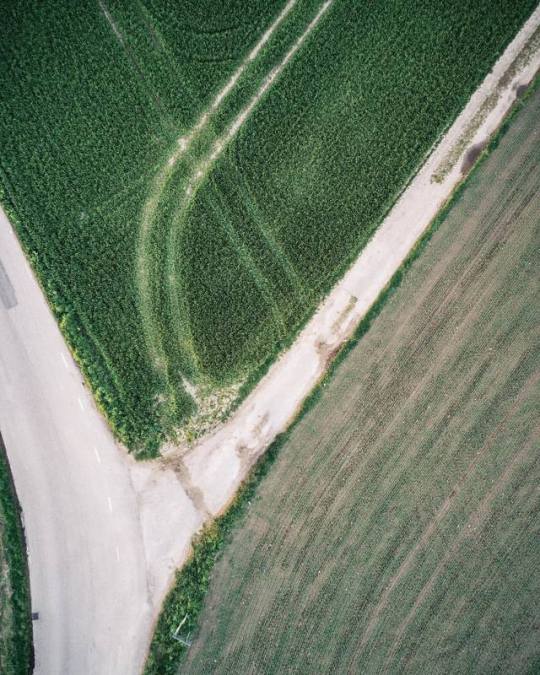
#landscapephotography #sweden #instatravel #djimavicpro2 #skåne #visitskane #malmo #söderslätt #birdseyeview #dronephotography (at Glostorp) https://www.instagram.com/p/Bw_crUOh6Bd/?igshid=1hc7gyk6y9og0
#landscapephotography#sweden#instatravel#djimavicpro2#skåne#visitskane#malmo#söderslätt#birdseyeview#dronephotography
0 notes
Photo

Wheat Fields as Far as I Could See
What do you think about my pic?
#Trelleborg#Skåne#Sweden#countryside#landscape#village#nature#flora#original photography#evening light#southernmost town#travel#summer 2020#vacation#Scandinavian peninsula#Northern Europe#Scandinavia#Söderslätt agricultural areas#photo of the day#shadow#Wheat fields as far as I could see#song lyrics#Garth Brooks#That Summer#What do you think about my pic?#blue sky#clouds#summer evening#country music
4 notes
·
View notes
Photo

Söderslätt - Sweden (by Susanne Nilsson)
#Söderslätt#Sweden#Schweden#Europe#Nature#Landscape#Outdoor#Rural#Countryside#Agriculture#Photography#Travelling#Traveling#Travel#Tourism#Vacation#Holiday#Urlaub#Reisen
514 notes
·
View notes
Photo

Photo:Sunset sky by Infomastern http://flic.kr/p/T3CDib
1 note
·
View note
Photo
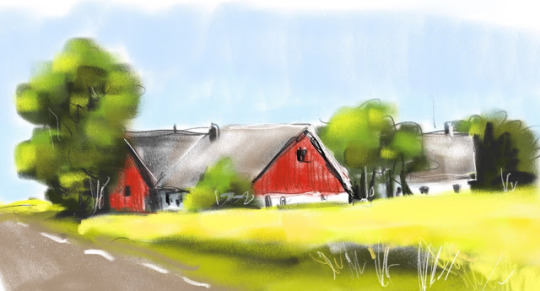
A farmers place at Söderslätt, Sweden (Z1341)
1 note
·
View note
Video
17, 18, 19 by Magnus Joensson
Via Flickr:
Last frames of summer this year! Taken with an roll of Fuji Astia (my sd card =) And I did not have my light table ready since my old work space now is Livia's playground =) So I took this on my ipad. Fujica ST-605N - Chinon Auto 135mm f/2.8 - Fuji Astia exp* June 2019
#Sweden#Swedish#Skåne#Söderslätt#Fields#Slide#E6#Summer#M42#Fujica#ST-605N#Chinon#135mm#Auto#f/2.8#Fuji#Astia#Exp*#C41#24x36
0 notes
Photo
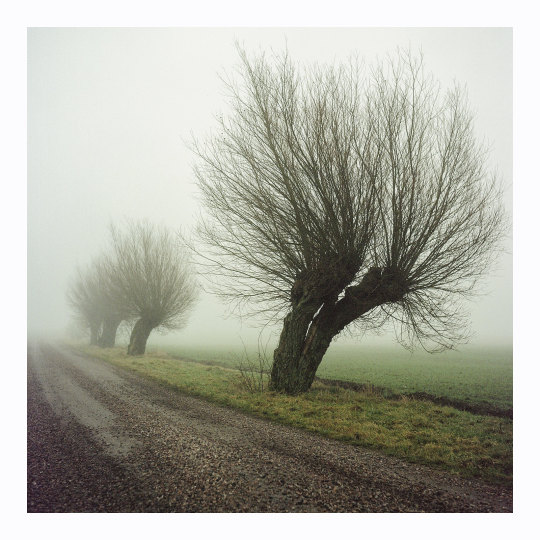
Hazy Roads - Kodak Porta 100T
Today was a day like this, foggy and colorless.. Unfortunate I couldn't get out and photographed because of work. But this image shows how it is here from mid November until spring in April =)
Rolleiflex - Carl Zeiss Tessar 75mm f3.5 @ f/5.6 and 1/30sec - Kodak Porta 100T exp 2006/10 with correction filter 85B.
Söderslätt 2018.01.28
Photo taken by Magnus Joensson.
Sharing great work taken on a film.
#nature#landscape#mist#fog#road#trees#countryside#january#skåne#trelleborg#winter#rolleiflex#carl zeiss#tessar#kodak#portra#kodak portra 100t#carl zeiss tessar 75mm#C41#expired film#medium format#6x6#6×6#85b
0 notes
Text
Be The Change
As part of Erik Giudice Architects we worked with the conception of a mixed uses design i Hyllie, Malmö

Client: Office property development: Whilborgs / Housing property developement: MKB
Programme: Conception of a mixed uses program with offices , shops and associations of the neighborhood
Date: 2017
Area: 31 298 sqm
Team: Erik Giudice Architecture in collaboration with Open Studio arkitekter / MIP: Malmö Nonprofit Organization's Umbrella Organization
Images: Bloomimages

By creating an incubator for social entrepreneurs who can cooperate with associations and companies in the neighborhood, residents and other Malmö inhabitants creates a brand new place for meetings and innovation. This gives the opportunity to actively join and create solutions to the challenges of our society. “Be the Change” becomes a place there people can “be the change”.
Four union clusters and an incubator for social entrepreneurs is the basis of the concept. Each cluster gets its own identity and own premises that reflect the cluster’s identity and gives life to the ground floor around the block. Towards Hyllie Stationstorg there is a showroom/blackbox in close connection to a travel center, barista and open public spaces.

In “Be the Change” companies can sign social rental contracts, where part of the rent go to the associations, and get access to an inspiring environment filled with activities and a multifaceted network in absolute proximity.
We break down the big block into a vertical small town with village structure and a walk that invites you on a varied, lush and relaxing stroll straight through the neighborhood. The quarter’s distinctive design will attract attention and add a new dimension to the area. With green vertical greenhouses we pull Söderslätts corpland into the modern cityscape and create sustainable cultivation in the city.
“Be the Change” is thought to be a meeting spot for the residents of Malmö, visitors and activities in the building, and contribute to a sustainable neighborhood for the future in a cosmopolitan spirit. Here we create integration and help in building Malmö as a whole.

0 notes
Photo
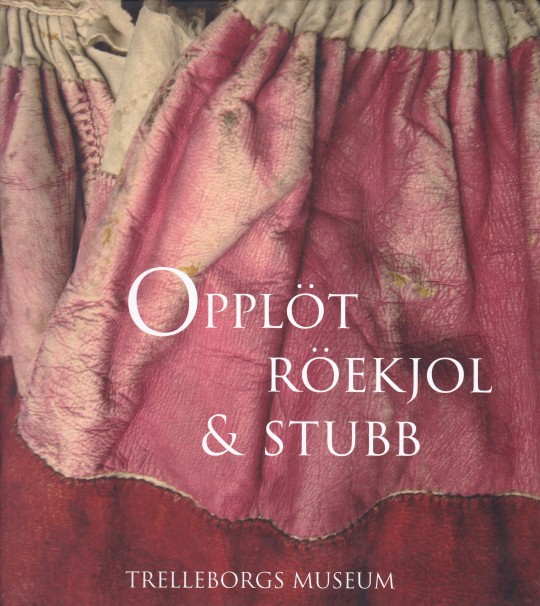
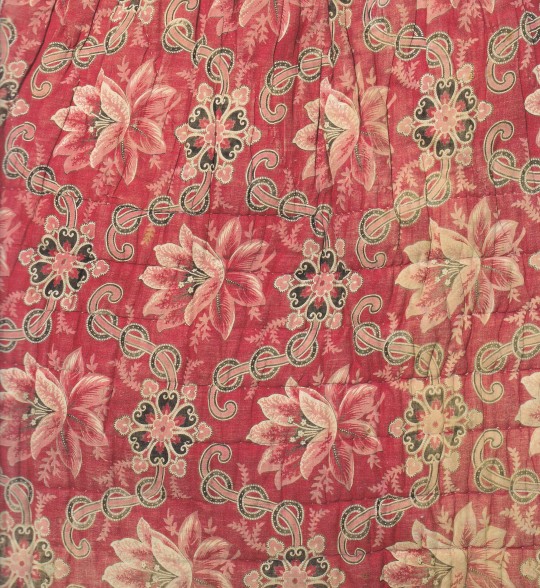
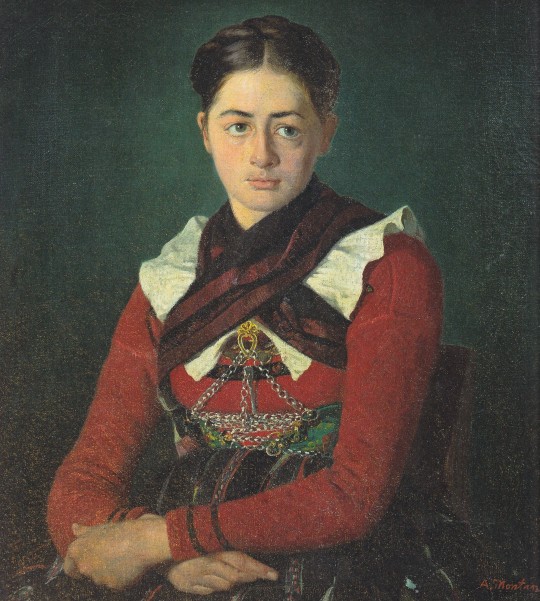

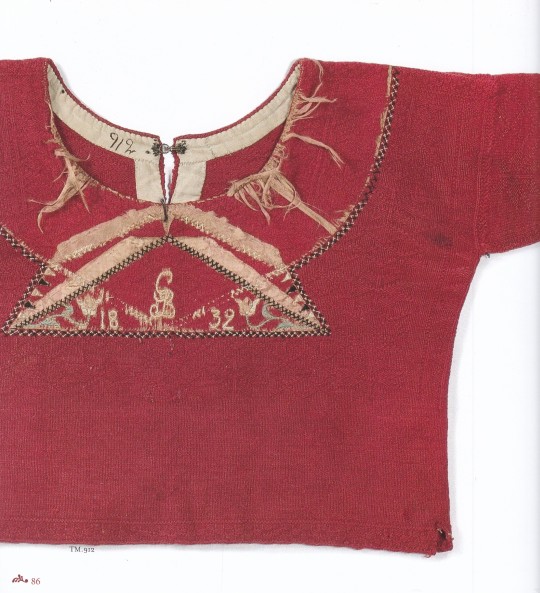

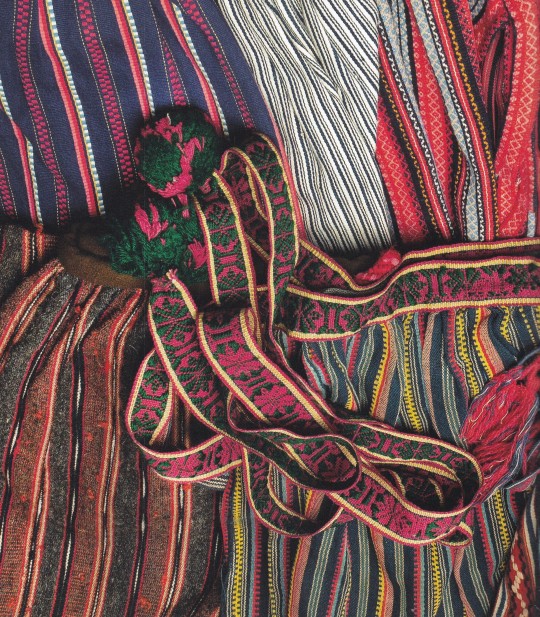

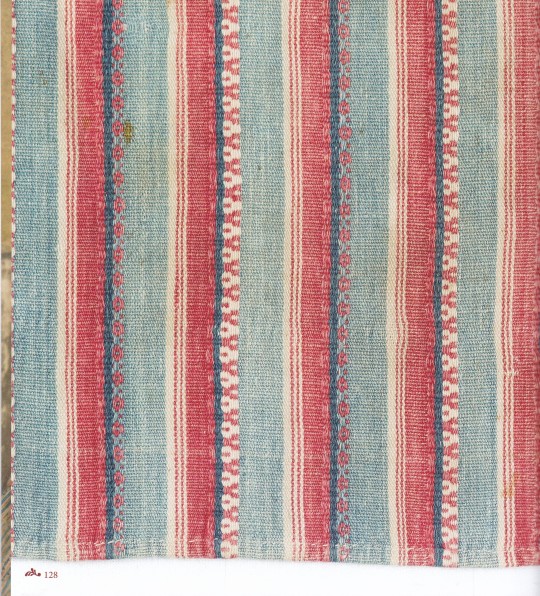
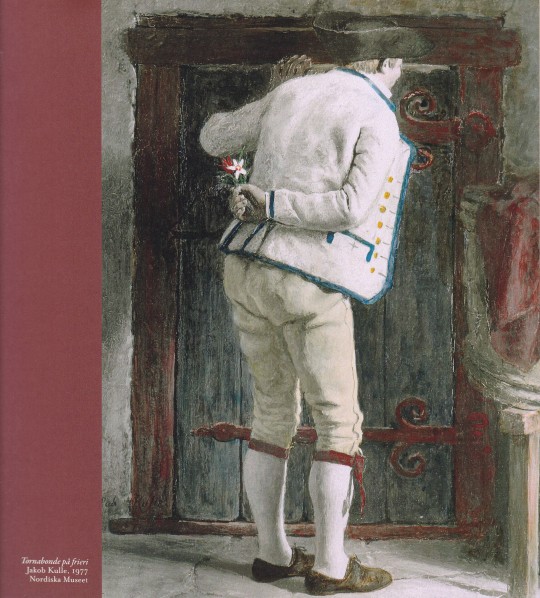
Opplöt, röekjol & stubb
Ingela Jacobsson, Åsa Bill - Photographer Ylwa Moritz
Trelleborgs Museum, Trelleborgs 2019, 253 pages, Hardcover, Swedish, ISBN 978-91-974405-4-7
euro 68,00
email if you want to buy [email protected]
A photo book based on the exhibition of the same name from winter / spring 2018 at Trelleborgs museum. After the second half of the 19th century, after a single shift and incipient industrialization, the traditional clothes of the common people largely disappeared. Those who lived in the country wanted to look just like the people in the cities. There, the workers and craftsmen had quickly adopted a more bourgeois style of dress. The beautiful old costumes, with traces of many centuries of fashion history, were misplaced and fell into oblivion.But soon the pendulum swung in the other direction. The nationalist currents were strong. The bourgeoisie began to crave peasant culture. They picked up garments from the national costume but also recast some of them. The costumes became beautiful, but also aligned in a way they had never been before.In the museums' collections, we clearly see the wonderful variation. Trelleborgs museum owns a large collection of fantastically fine costumes from Söderslätt, with a color and pattern splendor like no other. And with beautiful materials such as linen, wool, silk and sheepskin. In addition, the immense joy of craftsmanship in weaving, sewing, embroidery and knitting.
A fantastic collection of clothes, worn on Söderslätt during the 17th and 19th centuries. A collection that tells of a completely different life, a different attitude to life and of slow changes in fashion. But it also tells us about handfasting and desire, a desire for splendour and beauty. A collection to preserve tenderly for future centuries, but also a story to tell, a knowledge to share with all of us who live in a society that is in every way faster.
23/02/23
orders to: [email protected]
ordini a: [email protected]
twitter: @fashionbooksmi
instagram: fashionbooksmilano, designbooksmilano tumblr: fashionbooksmilano, designbooksmilano
#Trelleborg Museum#swedish costume#costumi svedesi#weaving#sewing#knitting#folk costume#fashion exhibition catalogue#Trelleborgs Museum 2018#fashion books#fashionbooksmilano
22 notes
·
View notes
Video
Natural light by Marie Granelli
7 notes
·
View notes
Photo



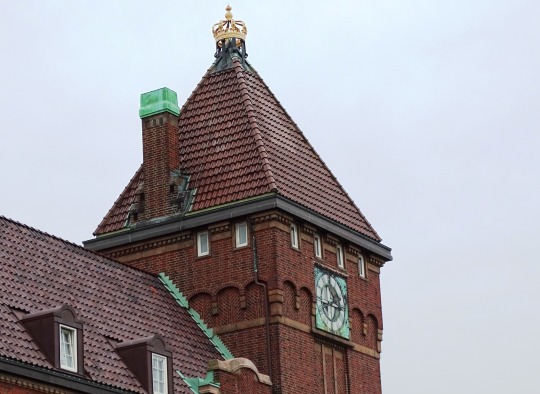






Trelleborg, Sweden (No. 1)
Trelleborg is a town in Skåne, Sweden, with 43,359 inhabitants as of December 31, 2015. It is the southernmost town in Sweden located some 10–15 kilometres (6.2–9.3 mi) west from the southernmost point of Sweden and the Scandinavian peninsula. It is one of the most important ferry towns in Scandinavia as well as around the Baltic Sea, and the main town of the Söderslätt agricultural areas.
The first written record of the name is from 1291, Threlæburgh. The name is found in many places in Scandinavia. Borg means castle or stronghold and träl can mean thrall, but can also refer to the leaning poles on the outside of the medieval Viking stronghold. Remains of the original stronghold were excavated in 1988.
The name may also have originated from the stronghold that still remains in the center of the city. Strongholds like that have been found at several places around Scandinavia, mostly in the south of Sweden and Denmark, and are all called trelleborgs. The name is likely to have originated from that borg.
Source: Wikipedia
#Kungepost#Skåne County#Scania#summer 2020#Sweden#Sverige#architecture#cityscape#façade#tourist attraction#landmark#Scandinavia#Northern Europe#Österbrogatan#original photography#city hall#town hall#Rådhuset#clock#public art#Algatan#Böst by Fred Åberg#sculpture#umbrella#Southern Sweden#southernmost town in Sweden
7 notes
·
View notes
Photo

Söderslätt Sparbank
Porzellan Rundspardose, Marktszene
Sweden (SE)
SODS-01, Nr. 1416
0 notes
Photo

Söderslätt
2 notes
·
View notes
